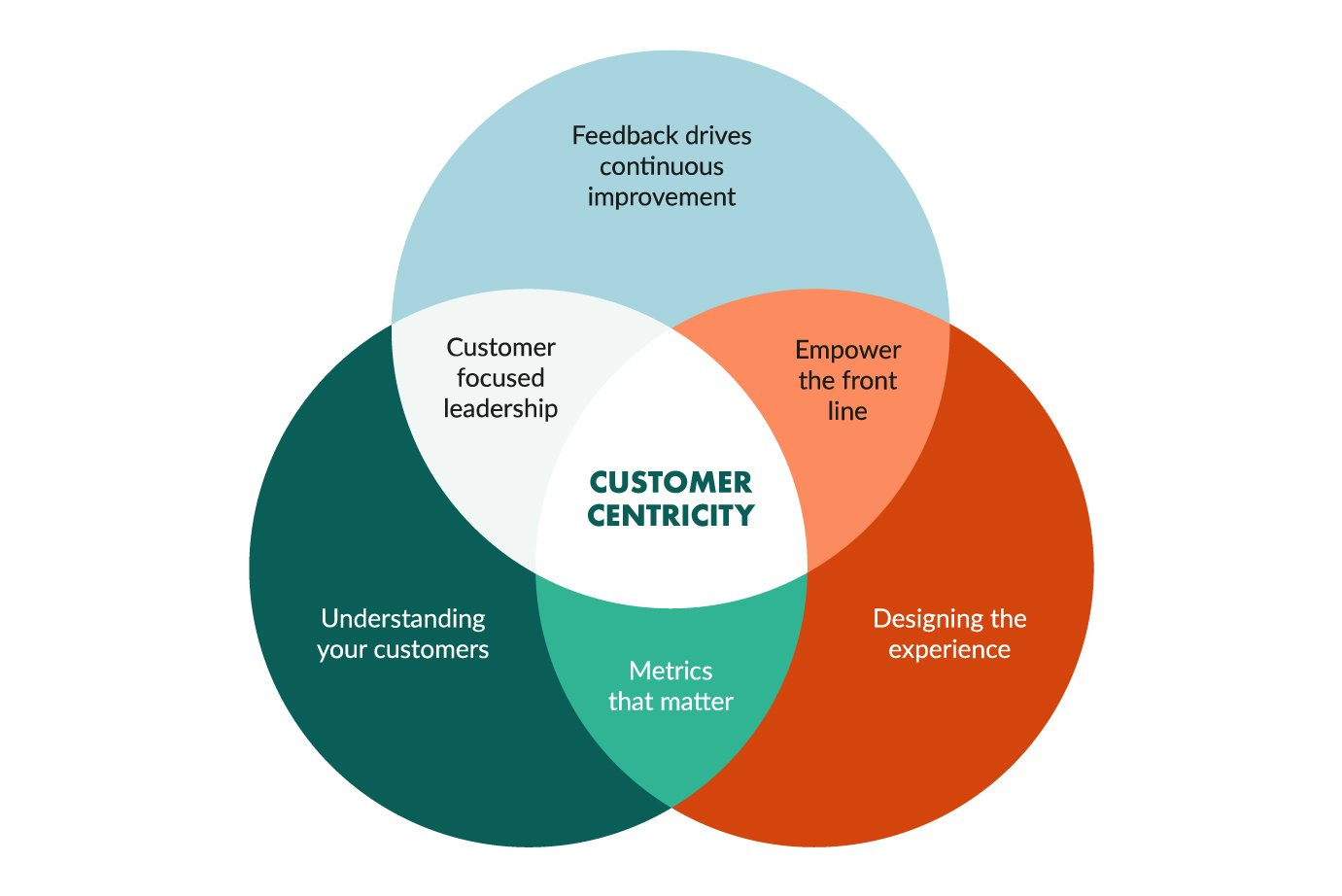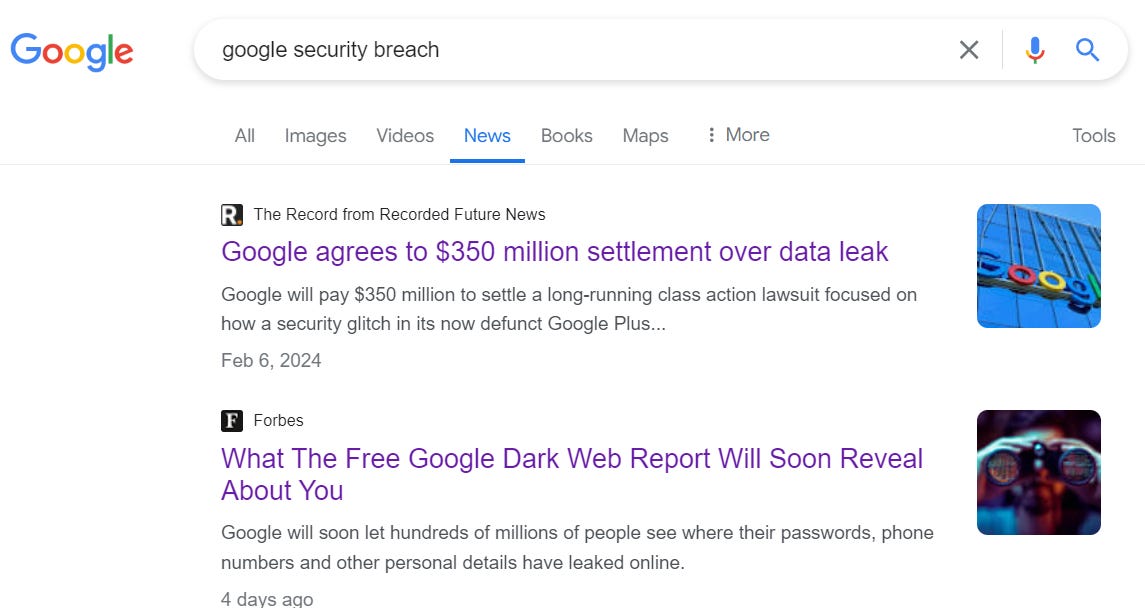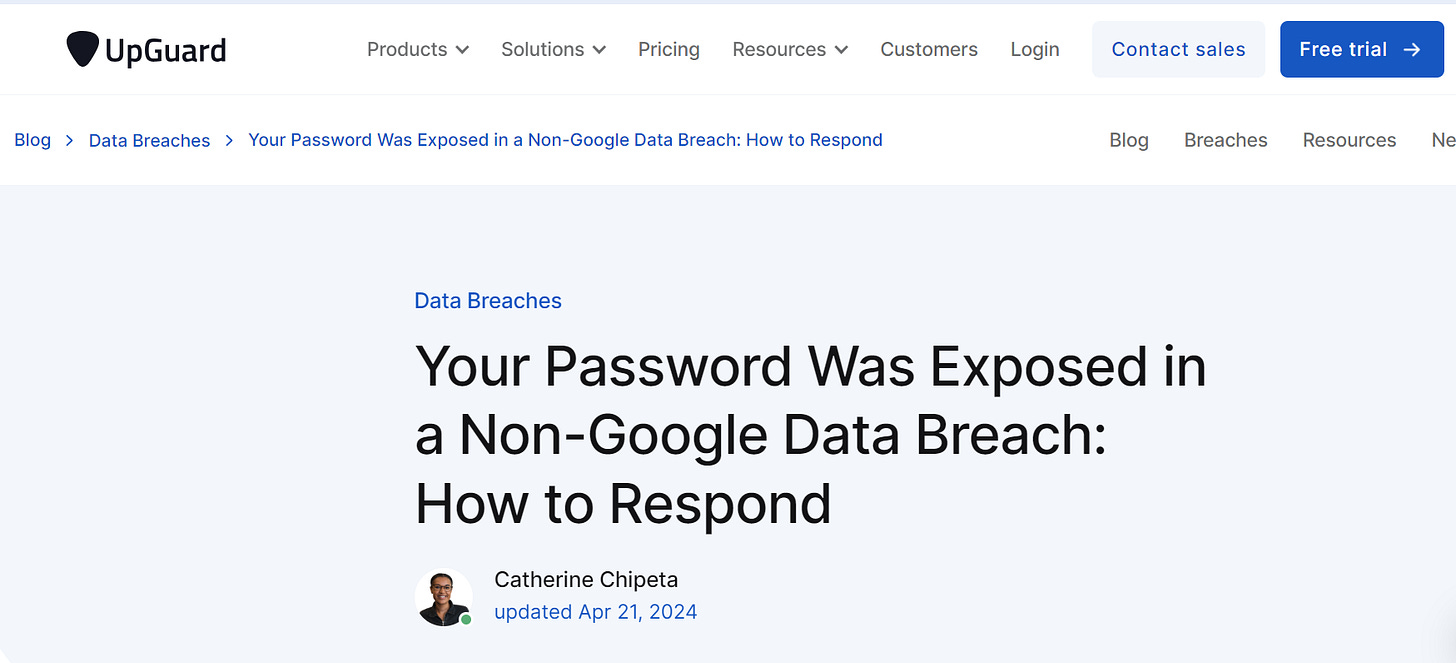The event-driven customer acquisition strategy + how Cisco, Hubspot and Adobe do it
Hey everybody welcome back to the Product Market Fit Newsletter 🚀🚀🚀
My name is Guillermo Flor and I write this weekly newsletter to help founders, growth professionals and product people to grow & fund their companies.
On this article I want to talk about how to do event-driven marketing. I thought about this while talking to a startup that is using this framework and I found it to be very interesting.
It’s similar to the No.1 Customer acquisition strategy for new startups in crowded markets, but it has more of a tactical approach.
In case you haven’t read this one👇
As always, some good beats 🔥🔥
News! Inbound: B2B content on to demand: linkedin, video & newsletter as a service👇 (Website WIP)
Understanding the difference between evergreen marketing and event-driven marketing
So, the idea is quite simple and basic, but very effective if used correctly.
Every company’s marketing strategy should start with its customers and their problems.
However, there are two ways companies can market themselves, and both ways help each other grow.
Creating evergreen marketing content: this is the kind of content that never gets old. It is always valuable for your target customers and doesn’t lose relevance with the passing of time.
These are blogs, courses, videos that target the customers’ pain and show how to solve them.
It typically won’t get a crazy reach but it will be as relevant years down the line.Creating event-driven marketing: this is content that can be relevant for a short time span but that can potentially become virally because it’s profiting from an underlying trend behind.
The risks about trying to do a lot of event-driven marketing is that companies might look opportunistic and less proffessional, and end up in a loop of always following trends.
However, a good mix of both strategies can be an excelent way to drive potential customers from the event-driven content to the evergreen one and grow faster.
How to create event-driven go to market strategy
1. Start with the customer first (as always)
Always focus on your customer’s problem. It’s the only way you’ll be able to find your customer and solve it properly.
Customer Research: Conduct surveys, interviews, and analyze customer data to understand their pain points and needs.
Persona Development: Develop detailed customer personas to gain insights into their roles, responsibilities, goals, and challenges.
For example: A cloud storage company identifies that IT managers are struggling with data security and compliance.
2. Find events that increase the problem you solve
Pinpoint specific events that significantly impact your customers and create opportunities for your solutions.
Event Monitoring: Track industry news, regulatory changes, technological advancements, and market trends that affect your customers.
Historical Analysis: Review past events that had significant impacts on your customers and identify patterns.
Trend Analysis: Use tools like Google Trends, social media listening platforms, and market research reports to spot emerging trends and events.
Example: Google leaks millions of passwords and personal data 👇
3. Market it
Develop solutions and messaging that directly address the problems highlighted by the identified events.
Solution Mapping: Align your products or services with the specific problems caused by each identified event.
Message Crafting: Develop clear, compelling messages that explain how your solutions mitigate the issues caused by these events.
Content Creation: Produce relevant content such as case studies, whitepapers, webinars, and blog posts that support your messaging.
Example: Upward markets Google’s data breach👇
4. Target it
You can also use this strategy to create a more effective outbound strategy. If you are able to identify the people/companies that can specifically be affected by the event you could reach out to them to explain them how you solve that problem.
You can do this with:
Events/meetups: you can create events around the problem framing them on the specific happening.
For example, I remember that right before Covid happenned, many asset managment companies did a couple of events to have their clients and potential clients briefed on the possible strategy to follow if the stock market dropped.
Personalized cold outreach:
You can try to be the first to try solving your ICP’s problem."Hey [Name], I noticed that [Event] recently occurred and understand it may have negatively impacted your company. At [Your Company], we specialize in [Solution], and we've successfully assisted companies like [Competitor] in overcoming similar challenges. I believe we could help your team navigate this situation effectively. Would you be open to a quick call to discuss how we can support you during this time?"
How Cisco, Hubspot, Adobe and SAP Use Event-Driven Customer Acquisition Tactics
Focusing on specific, tactical approaches that B2B companies use to leverage event-driven marketing for acquiring customers:








![🔥 Tutorial de Google Trends 🔥 [ De 0 a 100 ] | Blogger 3.0 🔥 Tutorial de Google Trends 🔥 [ De 0 a 100 ] | Blogger 3.0](https://substackcdn.com/image/fetch/$s_!i77s!,w_1456,c_limit,f_auto,q_auto:good,fl_progressive:steep/https%3A%2F%2Fsubstack-post-media.s3.amazonaws.com%2Fpublic%2Fimages%2F470cf5f9-dd0b-4eaf-8859-76909193332f_615x400.jpeg)



